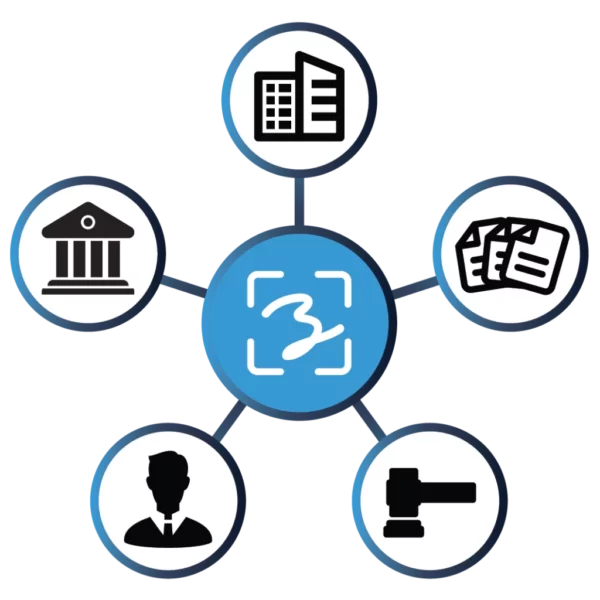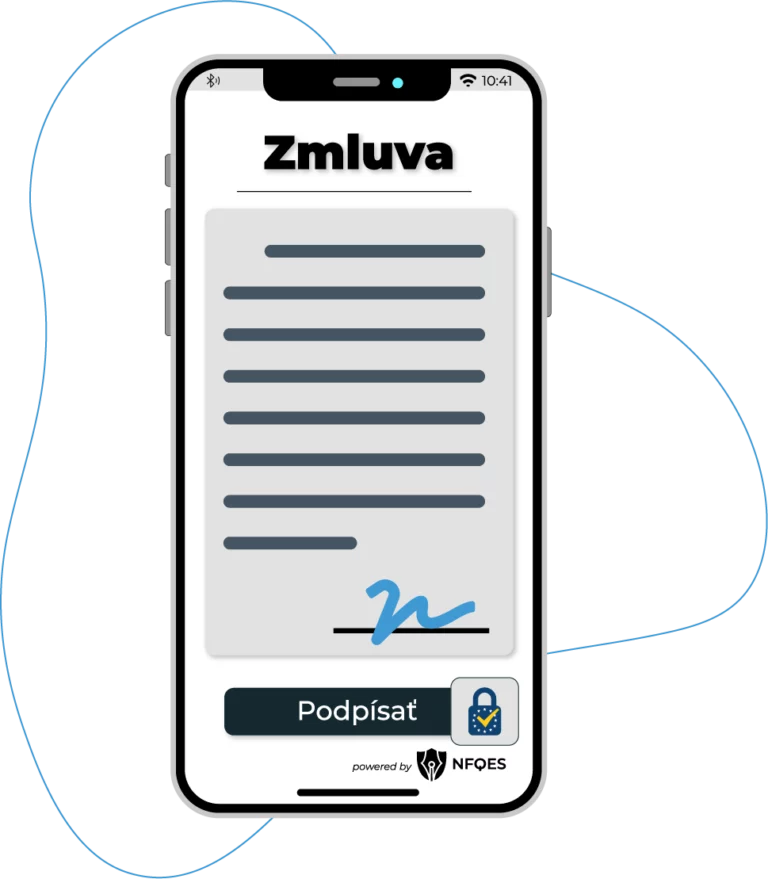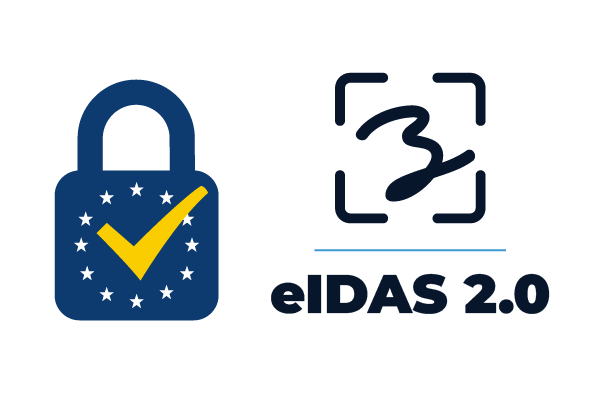Timestamp
The qualified electronic timestamp is used for the qualified time verification of the document. Adding a timestamp to a document guarantees the verification of the document at the time it was added. This time data is legally verified and undeniable, as the time source is from the server of the certification authority – NFQES, which complies with eIDAS regulations. The timestamp prevents falsification of the document signing time.
Where can i use the timestamp?

- Legal services
- Financial transactions
- Legal disputes
- Purchase and sale contracts
- Education
- Any other contracts
Sign up and we'll give you 50 timestamps for FREE!
Benefits of qualified timestamp
Credibility
Undeniability of time-signed documents within the EU. Clear evidence of the time the document was created, changed, or signed.
Speed
You only need to click one extra button to sign.
Eligibility
The highest level of legal certainty (notarized), is recognized and accepted by legal regulations and standards.
Adaptability
They can be used in a variety of industries and areas, from the legal system to business transactions, making them a versatile tool.
International validity
They are also valid in documents of an international nature in the EU.
Cost savings
Absence of printing costs and notarization of signature time.
Who trusts us:




How do i use the timestamp?
- Select the level of signature with which you want to apply the timestamp
- Upload a document with a .pdf or .docx extension
- Add a qualified timestamp with one click
- Sign a document with one click
- Download and save the document

Latest articles
Read interesting facts from the world of online security.
Document electronification has potential in a variety of sectors, including healthcare. Here too, e-signatures can bring efficiency, security and simplification of processes and be an important element of modern healthcare, which is constantly changing and adapting to digital challenges.
Revision of the eIDAS regulation no. 910/2014 on electronic identification and trusted services for electronic transactions in the internal market, which is simply called eIDAS 2.0, brings with it several modifications in the field of electronic communication. What will not change, what will be added and when will it happen?
As part of supporting the digitization of public administration services, the state has introduced mandatory electronic communication for self-employed individuals in certain cases. Do you know which tasks entrepreneurs are required to handle electronically today? In the following lines, we have compiled information on the most frequently used electronic services for self-employed individuals.
Feel free to contact us, our specialists are ready to answer your questions.



